Animal magnetism: the powerful allure of natural-history art
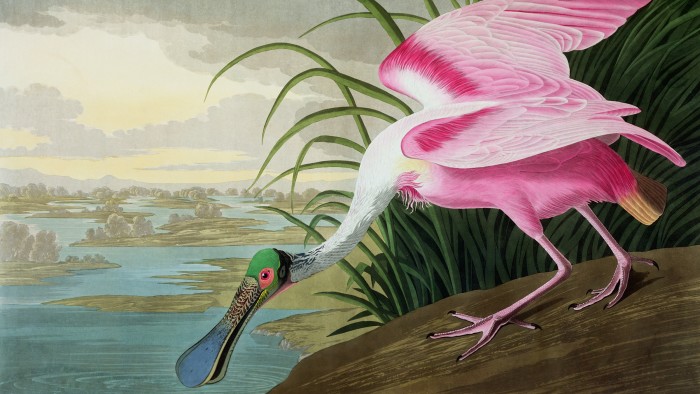
Roula Khalaf, Editor of the FT, selects her favourite stories in this weekly newsletter.
Nature has long been fashion’s muse – from 17th-century botanical-inspired waistcoats to heron-print wallpaper by Gucci. Much is owed to early naturalists such as John James Audubon and Maria Sibylla Merian, and recently their centuries-old studies of birds, plants and insects are seeing a new bloom of collectors.

“In a world where so much that is produced is of a transient nature,” says Andrea Hart, library special collections manager at the Natural History Museum, “owning an aesthetic creation from the past in which so much time and skill was invested holds a very strong attraction.” In the past year, a rare collector’s edition of Audubon’s The Birds of America sold for upwards of $6.6m, while a first edition of Merian’s Surinam engravings sold for £93,750 in 2017, both through Sotheby’s.
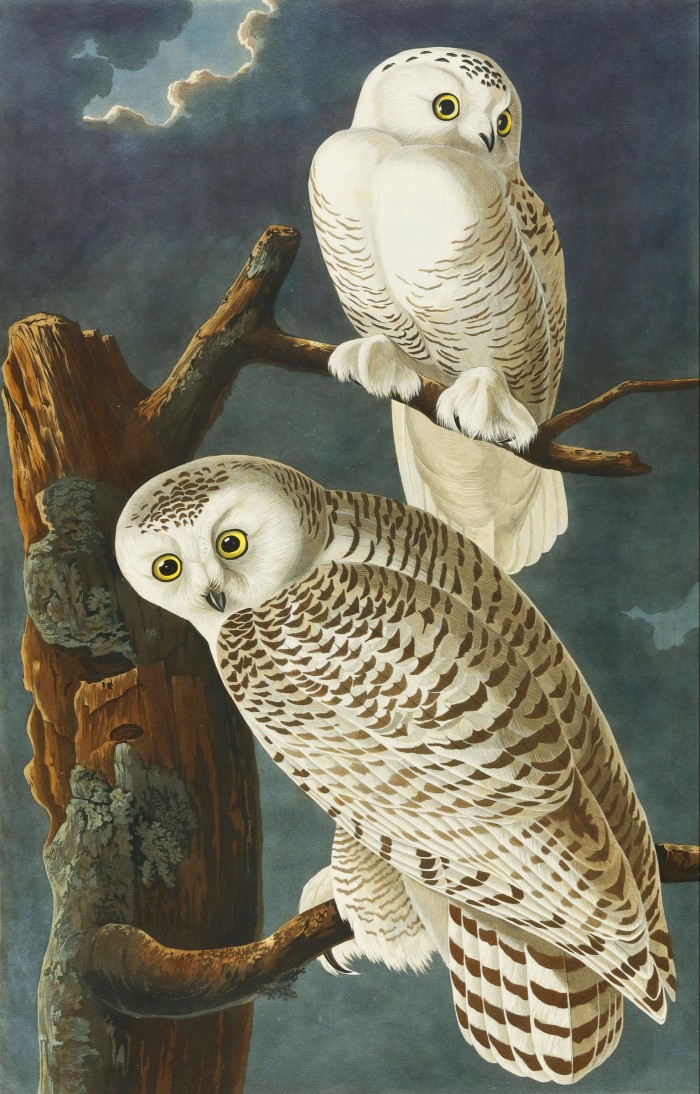

“Eighteenth-century hand-coloured engravings by the likes of German botanist Johann Wilhelm Weinmann and French ornithologist François Nicolas Martinet” are a good place to start for anyone looking for something unique and decorative for their home, says Stephen Christopher-Hall of Christopher Hall Antiques. He currently has a set of 12 botanicals by Weinmann (£6,000) and an equal number of rare bird engravings by Martinet (£5,750). “We sell this sort of thing to interior designers and private clients around the world. They’re a design statement, and are incredibly good value for money.”
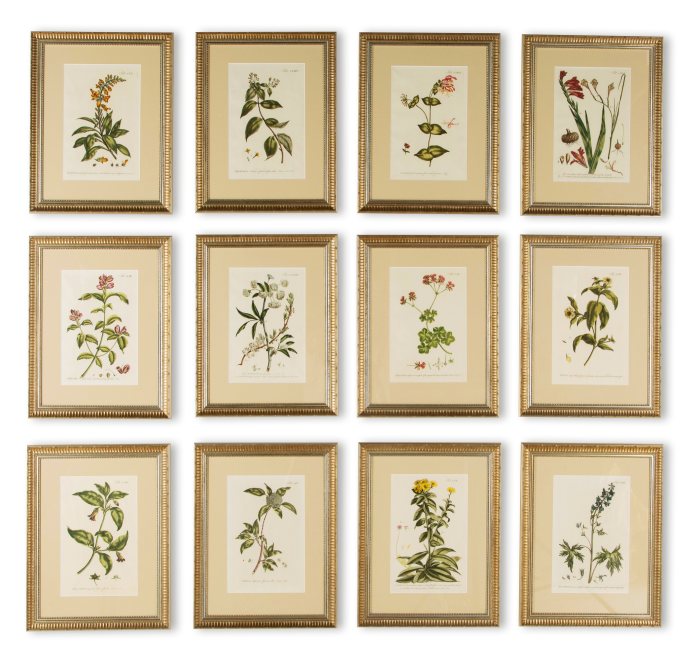
As for how to style them, framing and positioning are key – non-reflective glass and handmade Italian frames work best, says Christopher-Hall, while “there are definitely areas of the home that lend themselves to these sets”, according to interior designer Henriette von Stockhausen. “I’ve used botanicals above bedsides, studies of mushrooms in kitchens, and a £4,000 set of bird engravings in a client’s bathroom overlooking a lake. They introduce colour to a room without being overpowering, making a space feel lived in, relaxed and evolved.”

Under the guidance of von Stockhausen, historian of botanical art and collector Martha Mehta has adorned the walls of the only south-facing room in her home, a former Dorset dairy, with a selection of parakeets by French zoological and botanical illustrator Jacques Barraband. “Twenty years ago, I was given a selection of facsimiles of Histoire Naturelle des Perroquets by the late Lord McAlpine as a wedding present. They’re amazing, just the most beautiful thing, but it’s only now that we’ve found the space to hang them so that we can fully appreciate what an extraordinary thing we own.” Fellow bird lovers can find a set of four first-edition toucan engravings, c1806, by Barraband, listed for £12,500 through Shapero Rare Books. And for anyone considering buying other natural-history art, Mehta advises to “look for a minimum of four illustrations, not necessarily from the same edition, but all coloured by the same hand”.
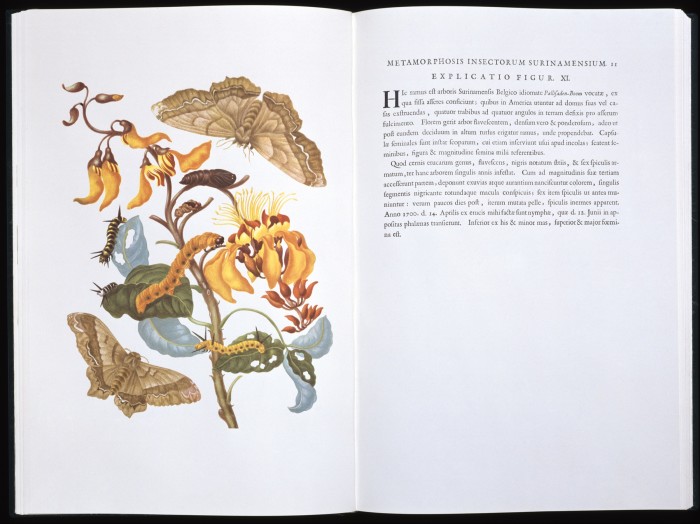
Hip country houses are often the destination for these natural-history finds. “They’re interesting if you want to create a fuller-feeling interior – from a set of four in a cloakroom to 16 running up a big, open staircase, they can go almost anywhere in a house,” says Lorfords Antiques’ director Toby Lorford. He has seen a 50 per cent rise in the past five years, and notes that while “most of our clients just want something beautiful, we’ve seen a greater interest in the better, rarer pieces” – like the set of 14 early-19th-century game birds he recently offered for £13,000. “They were exquisite, but typically you’re looking at between £2,000 and £5,000 for a set.”
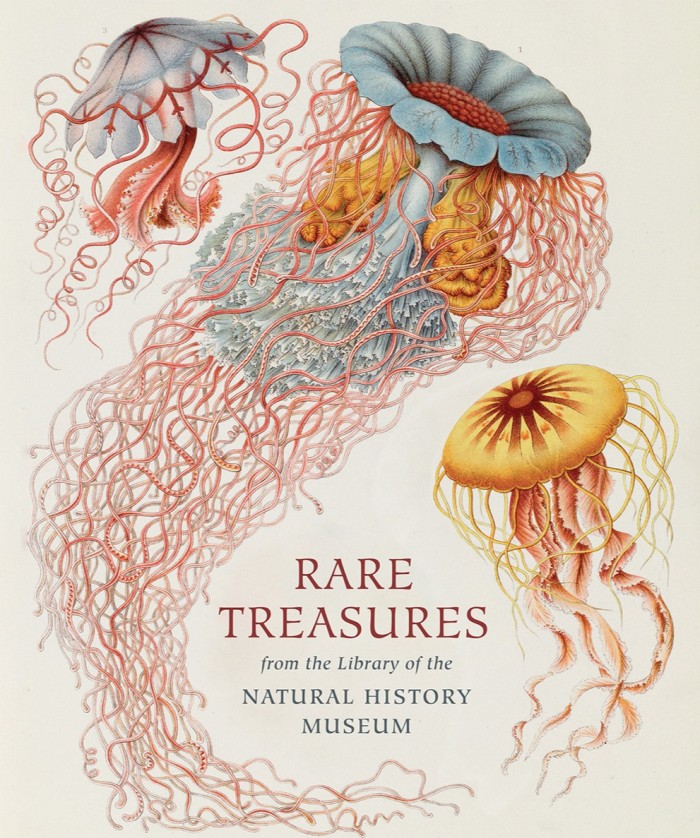
Where to buy
What to read
Rare Treasures from the Library of the Natural History Museum by Judith Magee (2017)
Audubon’s Aviary: The Original Watercolors for the Birds of America by Roberta Olson and Marjorie Shelley (2012)
Amazing Rare Things: The Art of Natural History in the Age of Discovery by David Attenborough et al (2007)
The Art of Natural History: Botanical Illustrations, Ornithological Sketchbooks, and Other Masterpieces from the Age of Exploration by Pascale Heurtel and Michelle Lenoir (2018)
Sheila Salsbury, a former lawyer from Esher, Surrey and a client of Christopher-Hall, was looking for something to fill the space above a 1940s pink marble dining table in her orangery when eight Weinmann botanicals (£4,000) caught her eye. “They’re absolutely glorious to look at and it made sense to have the botanicals in that space.” Upstairs, her guest bedroom is home to six Martinet birds (£2,500) – “you notice something different about them every time” – while three larger botanicals by the German botanist Basilius Besler hang elsewhere around the house, rarer and more expensive at £2,000 each.
For Leila Touwen, co-founder of Pluck Kitchens, a group of five original hand-coloured copper plates of fish, removed a number of years ago from A Collection of Voyages and Travels by Awnsham Churchill (1732) and bought from Doe & Hope, proved the perfect Christmas present for her husband. “The dark-blue walls of our bedroom work beautifully with the hues in the engravings. They’re lovely illustrations that celebrate nature and are evocative of an exciting era of discovery.”
But it’s not just the pictures that Touwen fell for; the accompanying annotations, such as “The pilote of the devil of the sea”, “A sea batt” and “A grondin at grumbler”, are, she says, “humorous, whimsical and oh so descriptive”.
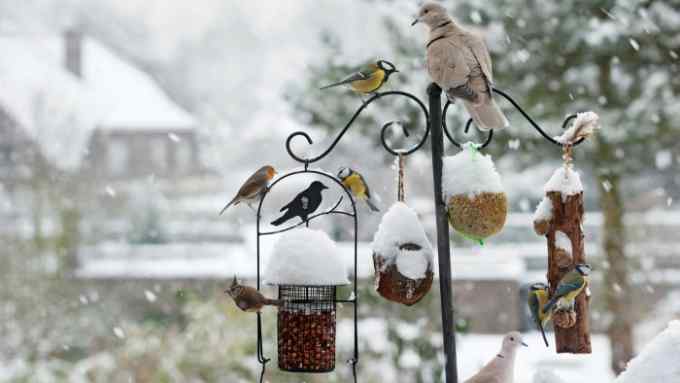
Comments